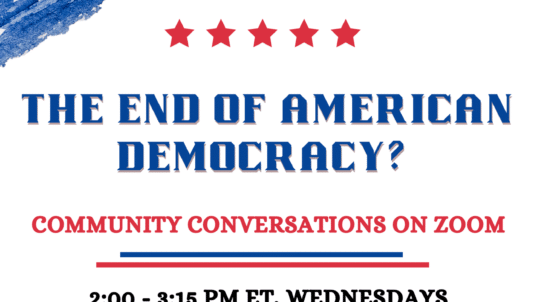
Photo by Brett Jordan on Unsplash
Caroline Janosik began her class by saying, “I need your help. I’ve developed a new course to prepare students for the soft skills that employers are looking for in college graduates. The course is not required in any program and may not count for credit in some. What I need is for you to help me develop a strategy for encouraging students to sign up for the class. I’ve tried working with advisors, but that hasn’t been successful. How do I get students to sign up for the class? I know that you’re familiar with the term going viral. I’d like each of your discussion groups to make a list of 5 things that have gone viral. Try to make them different things.”
It didn’t take long for the discussion groups to make up their viral list. As Janosik looked over what the groups had done, she was surprised by range of items, including TikTok and YouTube videos, Spanx, hair products, shoes, phrases, celebrities, commercials, etc.
“Next, I would like you to take each item on your list and describe, as best you know, the approach that took the item viral. Think about the spark that ignited the initial interest. And then think about how interest spread.”
Again, it didn’t take long for the groups to identify approaches that were used. In most cases, the groups used their own experiences to identify how they became aware of the item. The various approaches had some similarities, but also some unique characteristics.
“Now I’d like you to make a connection to the course I’m proposing. Using the various approaches that you’ve, what suggestions do you have for helping my new course to go viral?”
The results were fascinating and very useful. Janosik ended class by telling students about the use of metaphors in thinking about possibilities. “George Westinghouse and Thomas Edison were both thinking about how to distribute power. Westinghouse came up with his idea after studying a tree in his yard. The tree was the metaphor that shaped our national power grid. Metaphors can help us expand our thinking. Often the best metaphors are ones that are seemingly the most divergent from the issue being discussed. For example, I found the approach used to make Spanx go viral to be especially useful in my thinking about the recruitment for my course.”
“The key to using metaphors is how they are generated. You want them to have some reference to the topic being discussed, but you don’t want them to be too restricting. I used the concept of going viral as the prompt to generate the metaphors, but you actually developed the list. One good thing is that you can always revise your metaphor list if needed.”
You can find a different activity focused on Expanding Thinking with Metaphors in the Interactivity Foundation’s Collaborative Discussion Toolkit.
* * *
“Creativity is the power to connect the seemingly unconnected.” — William Plomer, South African author
This post is part of our “Think About” education series. These posts are based on composites of real-world experiences, with some details changed for the sake of anonymity. New posts appear on Wednesdays.



